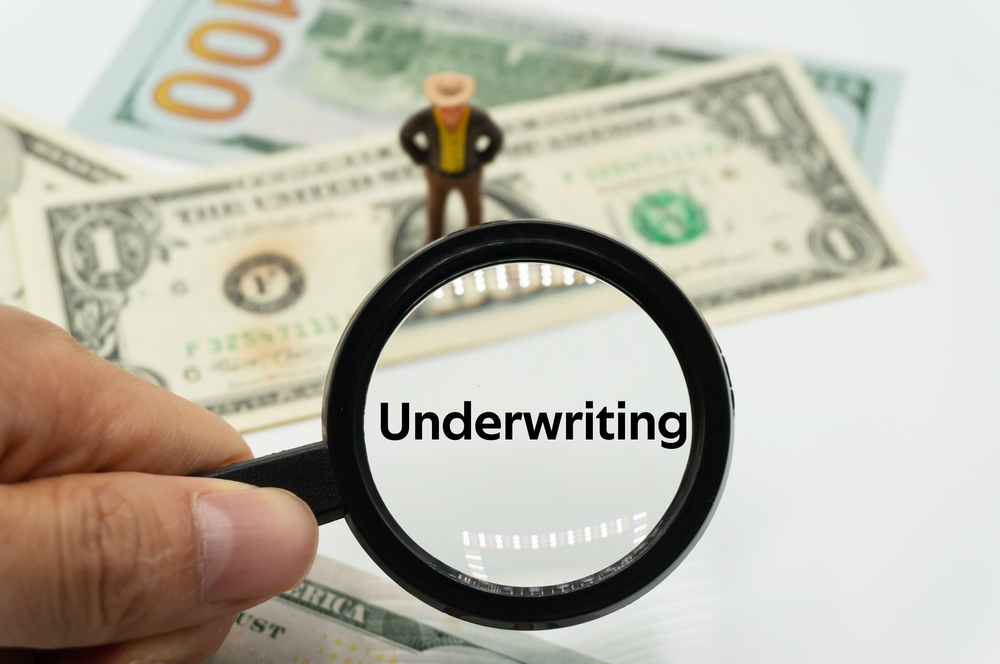You’ve crunched the numbers. The pro forma looks solid. The rent roll adds up. The insurance policy? Bound, approved, and filed.
What most investors don’t realize until it’s too late is that fraud doesn’t always show up as missing data. It is hidden within the data you already have.
At Diligence International Group, our fraud investigators have worked with investors, insurers, and legal teams who thought their underwriting process was tight until something unraveled. A misrepresented occupancy, a contractor manipulating repair invoices, or a seemingly minor change to a property that completely altered the risk profile; all of it can lead back to massive fraud.
Fraud in property underwriting isn’t always dramatic. Sometimes it’s as small as a slight omission or silent change. But for real estate investors, those assumptions can become expensive mistakes.
Why Property Underwriting Fraud Isn’t Just an Insurance Problem
It’s easy to think of underwriting fraud as the insurer’s headache. But if you’re an investor holding a policy based on false assumptions, you’re the one left exposed.
Imagine this: a property is listed as owner-occupied, but it’s actually a short-term rental, or major unpermitted renovations have changed the risk, yet no one has reported it.
In each case, the policy you’re paying for may not respond the way you think it will. Claims get denied. Premiums spike. Legal exposure rises. And worst of all? You may not realize the issue until there’s already damage.
Whether fraud is intentional or not, you carry the fallout.
Where Underwriting Fraud Starts
From our investigation files, these are some of the most common patterns we’ve seen real estate investors miss:
- Occupancy Misrepresentation: Properties labeled as primary residences when they’re rentals or vacant.
- Unreported Renovations: Substantial changes that alter structure, use, or risk but never make it into the updated policy.
- Phantom Security Systems: Discounts applied for features that have been removed or never installed properly.
- Contractor Collusion: Inflated repair estimates, duplicate billing, or “storm chasers” fabricating damage to trigger unnecessary claims.
- Stale Data: Policies written on old inspections, outdated valuations, or assumptions that no longer match how the property is being used.
These aren’t hypotheticals. We’ve seen properties lose coverage during high-stakes transactions, insurers cancel policies mid-renewal, and investors face lawsuits because fraudulent underwriting went unchecked for years.
Why Traditional Due Diligence Often Misses This
The tricky thing is that standard property diligence doesn’t usually cover underwriting specifics. Inspectors check the structure. Appraisers verify comps. Attorneys review the title.
But who’s verifying how the insurance application was completed? Who’s confirming that the property use matches the insured risk class? Who’s double-checking what a discount was based on and whether that discount still applies?
The answer, too often, is no one.
This is where enhanced due diligence comes in. At Diligence International Group, we dig deeper than checklists. We cross-reference insurance data with real-world use, interview relevant parties, verify reported features, and uncover discrepancies before they cause damage.
How Real Estate Investors Can Stay Ahead of Underwriting Fraud
Whether you’re purchasing a new investment, reviewing insurance ahead of a refinance, or preparing to offload a property, risk management starts with truth-checking what’s on paper. That begins with verifying how the property is being used, not just what the seller claims.
Physically visit the site. Confirm who’s living there. Cross-check leases against occupancy. Don’t assume anything, especially when misclassifications can void a claim.
From there, match your coverage to the property’s current reality. Renovations, structural changes, and shifting tenant mixes are all issues that can change the exposure and, if unreported, leave you underinsured. Keep your records up to date. Old appraisals and outdated inspections leave blind spots. If something’s changed, document it and revise your policy.
Likewise, be selective with your vendors. An unreliable contractor doesn’t just cost more upfront; they create complications later when insurers scrutinize repair history. And finally, treat insurance like an active asset: audit your policies at least once a year. Check what you’re covered for, what’s changed, and whether it still fits the risk profile of your portfolio.
How We Help You Catch What Others Miss
At Diligence International Group, we approach underwriting risk like investigators, not form fillers.
We verify the story each policy is based on: who’s living there, what’s installed, what’s changed, and whether the insurance reflects reality.
That might include:
- Interviewing tenants or property managers discreetly
- Reviewing city permits to find undocumented upgrades
- Running checks on vendor credibility and fraud history
- Spotting inconsistencies in declarations vs. field data
- Advising legal teams on how to address uncovered issues before a deal closes or renews
Because once fraud shows up in a claim, it’s already too late to backpedal.
Invest Without a Side of Fraud, With Diligence International Group
In real estate investing, margin is everything. You work hard to model the risks you can see, like market volatility, interest rates, and vacancy cycles.
Underwriting fraud is the risk you don’t see until it’s compounded into a lawsuit, a canceled policy, or a claim that drags you into court instead of paying out.
At Diligence International Group, we help you surface the truth early, quietly, and thoroughly. With evidence that gives you leverage, whether you’re negotiating, acquiring, or just making sure your portfolio’s protected.
If you want to be proactive instead of reactive with your next real estate investment, contact us today!

